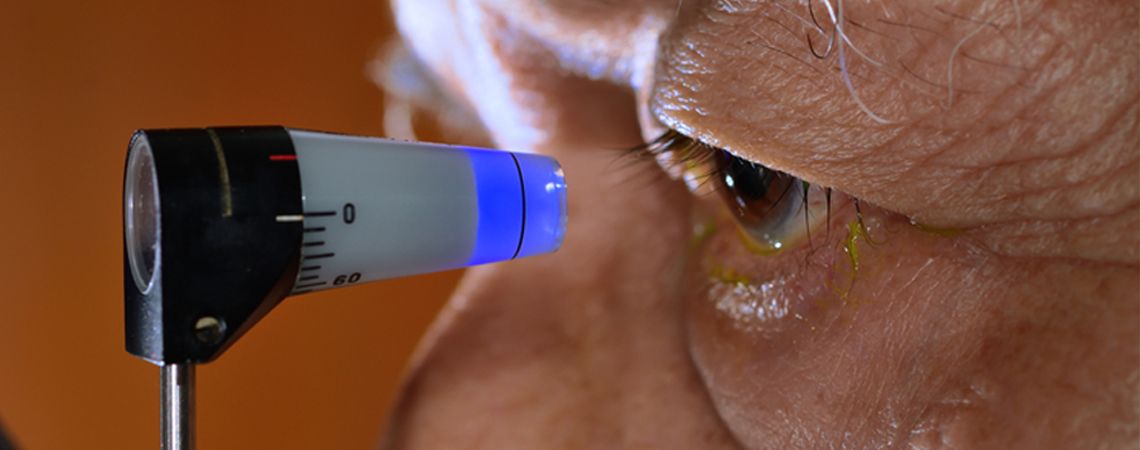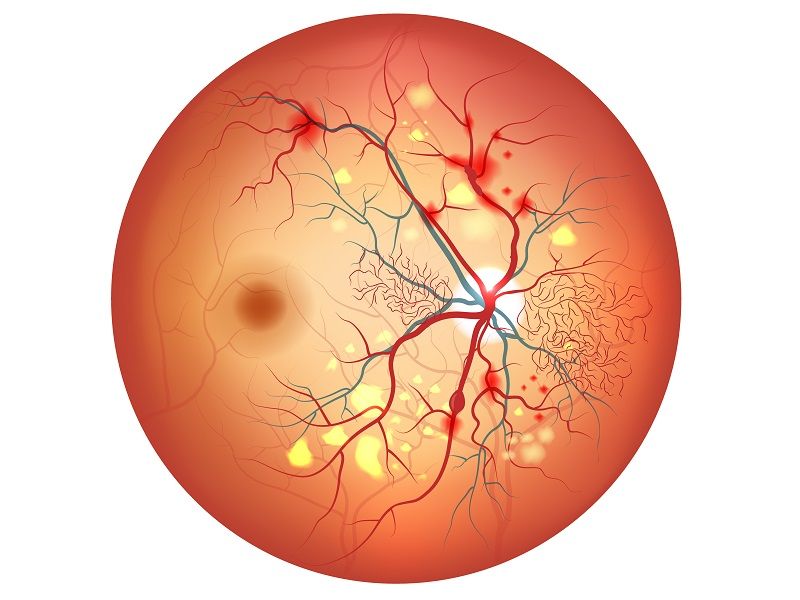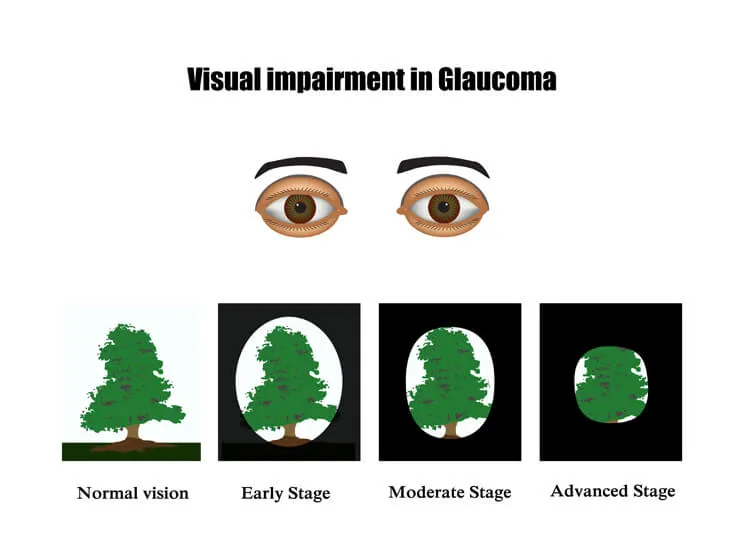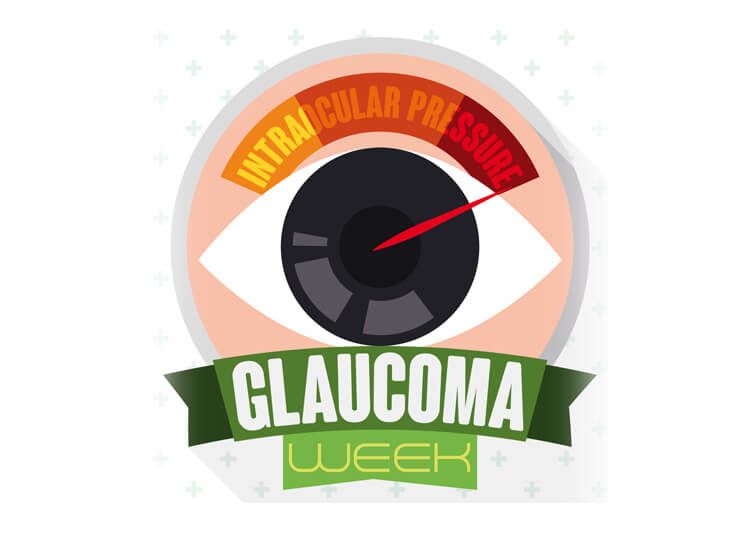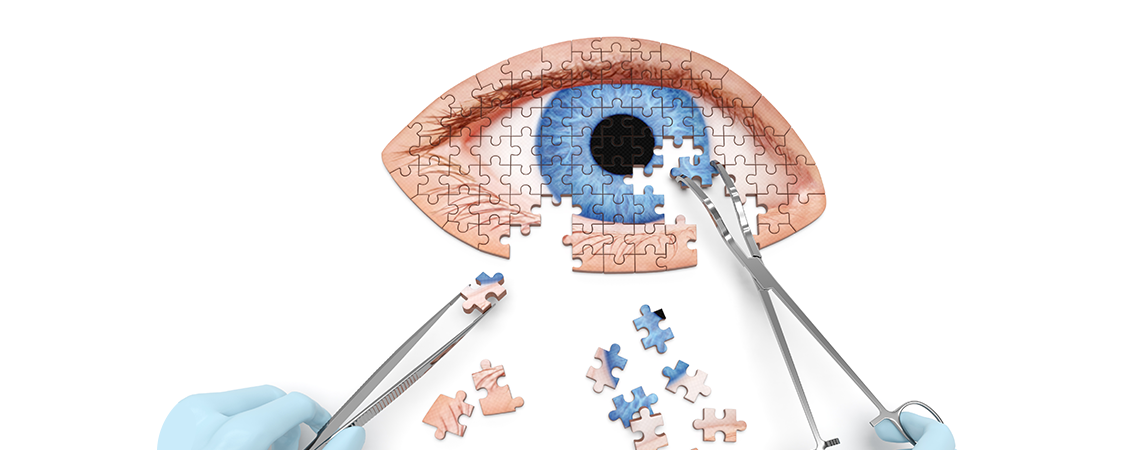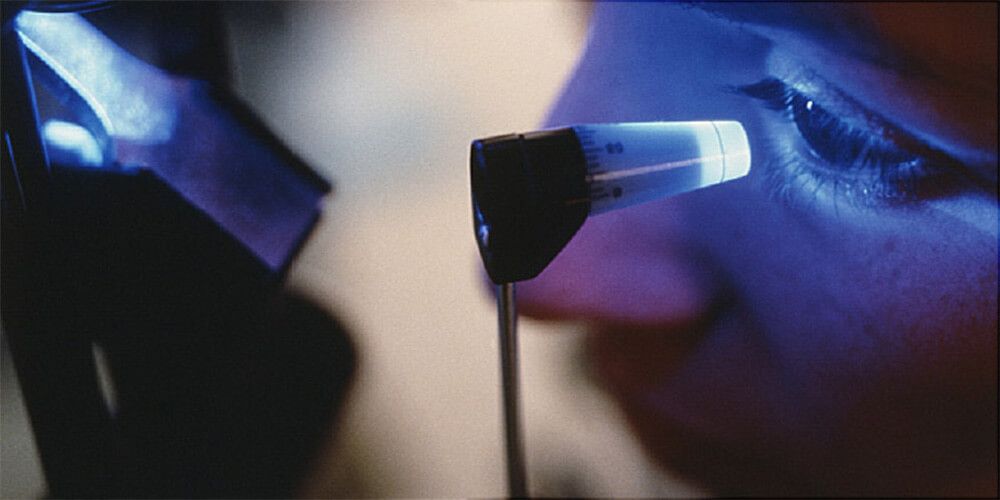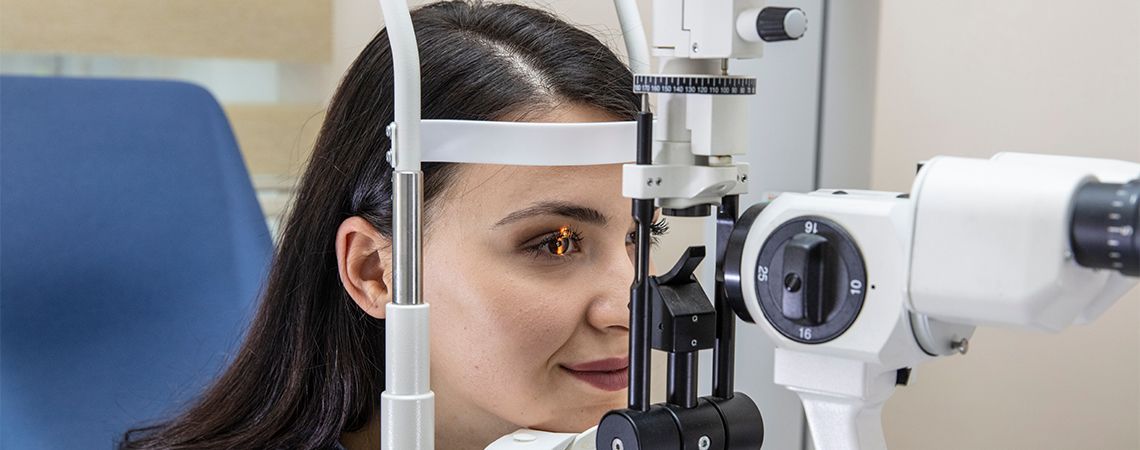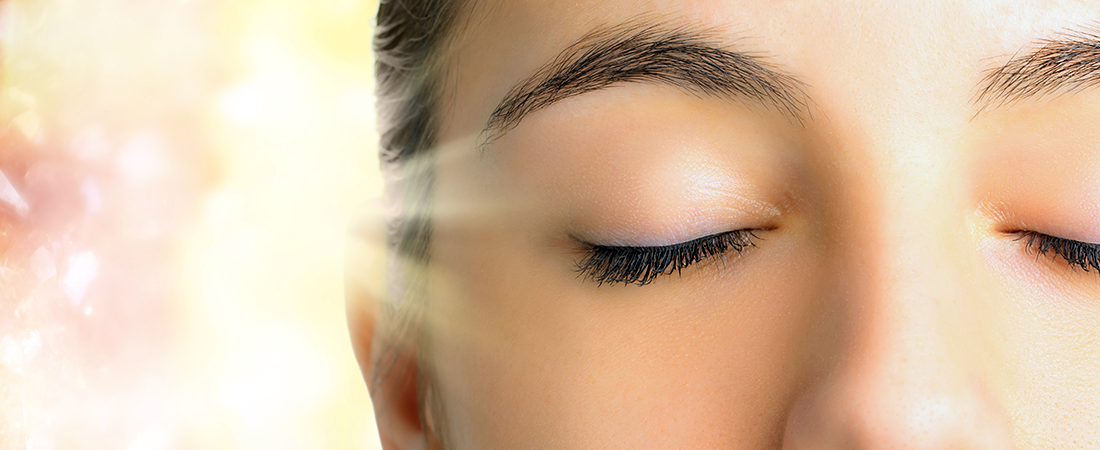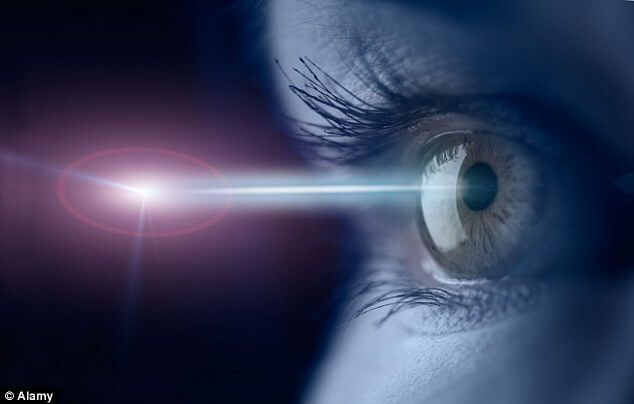
Glaucoma: How Does It Work?
There are several types of glaucoma but all of them inflict damage following the same pattern. In every type of glaucoma except normal-tension glaucoma, the intraocular pressure (IOP) in our eye increases due to defects in the eye’s mechanism used to drain aqueous humor, a fluid naturally found in the eye. Because of increased IOP due to the build-up of the fluid, the optic nerve starts getting damaged and vision loss follows. Damage done by glaucoma is permanent and it is highly important to detect the disease in its early stages as preventive measures can be taken to stop further damage in time. Most common forms of glaucoma are asymptomatic, i.e. they are diseases which do not show symptoms until significant damage is already done which makes it trickier to detect.It is often advised that people over the age of 40 and with a family history of the disease should get a thorough vision check once every 1-2 years to ensure they are free from glaucoma.
Tests For Glaucoma:
Here are some tests that are used by ophthalmologists to make a glaucoma diagnosis:
- Tonometry is a procedure ophthalmologists use to test the pressure inside an eyeball (IOP). In this test, the eye is first put under anesthesia using an eye drop and a small device known as a tonometer is used on the surface of the eye to determine the pressure. Eye pressure is usually measured in mmHg (millimeters for mercury). 12 – 22 mmHg is considered to be the normal range for eye pressure. If anyone has more than 22 mmHg in the test result, they are considered as a “glaucoma suspect”. Even though eye pressure is one of the key indicators of glaucoma, it is not the only one and further tests are required to verify the diagnosis.
- Perimetry, also known as Visual Field Test, is used to systematically measure the visual field of an individual. Glaucoma damages our peripheral vision first and then gradually the damage extends towards the center of our visual field.In the context of glaucoma, Visual Field Test is used by ophthalmologists to test the peripheral vision of an individual to ascertain if there is any vision lost to the disease.The ophthalmologist may also use the results of the first test as a baseline for further tests to determine the extent of vision loss in the individual.
- Gonioscopy is a diagnostic exam that is used to determine the type of glaucoma affecting an individual. This test allows the ophthalmologist to figure out if the angle between the iris and cornea is closed or wide open. If the angle is closed, it is a possible sign of acute glaucoma (also known as narrow-angle glaucoma and considered a medical emergency). If the angle is wide open, it is a sign of Primary Open-Angle Glaucoma, the most commonly found type of the disease.
- Optical Coherence Test (OCT) is a non-invasive examination of the eyes which uses light-waves to take cross-sectional pictures of the retina. These images can be used by ophthalmologists to map and measure the thickness of the different layers of the retina.In comparison with other tests, OCT provides more objective and quantitative data for diagnosing glaucoma in its early to moderate stages. The test is also used to diagnose other eye diseases like diabetic retinopathy and age-related macular degeneration. The first test results can also act as a baseline for the ophthalmologist to track the progress of the disease.
Ask Your Ophthalmologist:
Even though it’s always good to read up on information relevant to your treatment, you should always ask your ophthalmologist. if you have any questions about any procedure.
Also Read: मोतियाबिंद इन हिंदी
Article: Want to understand glaucoma test results, here’s the theory?
Author: Dr Sagarika | Mar 19 2019 | UPDATED 02:00 IST
*The views expressed here are solely those of the author in his private capacity and do not in any way represent the views of Centre for Sight.

